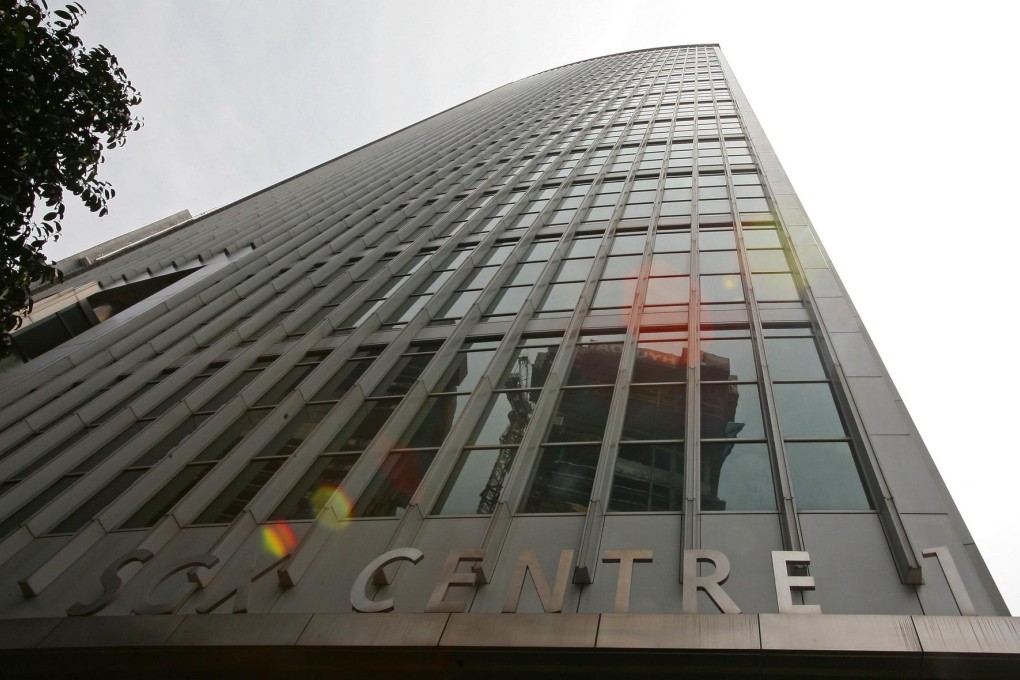Singapore home builders face looming debt as prices drop
Borrowings due within a year come as slowing economy and high vacancy rates push home prices to their lowest in almost two years

Singapore's listed developers and real estate investment trusts face their heaviest burden of near-term maturities on record just as home prices drop.

The looming debt comes as the vacancy rate for condominiums soared to the highest since 2006, pushing prices to the lowest in almost two years, according to data from the Urban Redevelopment Authority.
Real estate consultancy Savills predicts refinancing for homebuilders and reits will be more challenging as Singapore's economy slows, with growth cooling to 2.4 per cent in the second quarter, from 4.8 per cent in the previous three months.
Population growth on the island is at a 10-year low and Standard & Poor's expects home prices have further to fall.
"We're at that point in the cycle when every quarter you're seeing selling prices come down a little bit and secondary market transactions aren't very active," said Chan Kah Ling, a property analyst at ratings agency Standard & Poor's. "I suspect we haven't seen the bottom yet."